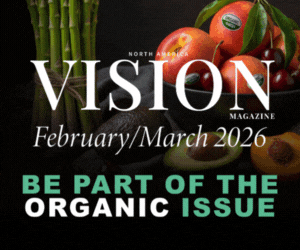Agriculture and food prices are the most likely to be affected by increased tariffs, study says

Tariffs are creating uncertainty in the market for 2025. President Trump's recent announcements have marked a significant shift from the free trade policies that have prevailed for the past 40 years. This move aims to establish what the White House calls "reciprocal trade," which is designed to bring a more favorable balance to the U.S.
While China has faced tariffs since the first Trump administration, Canada and Mexico, America's two largest trading partners, will now also be subject to these taxes. Additionally, the President has considered applying tariffs to the European Union.
In response, NationalBusinessCapital.com investigated the vulnerabilities of various domestic industries to foreign and domestic tariffs. The report identified the mining and agriculture sectors as the most susceptible, while service industries such as education, the arts, and retail trade are set to remain largely unaffected. However, no industry is entirely immune to these changes.
Although the report primarily focused on industry impacts rather than effects on consumers, it is expected that increased costs and disruptions to supply chains will likely raise prices for end consumers, at least in the short term.
The United States produces the majority of its own food; however, it also imports over 10% of the commodities used in the agricultural industry. This reliance makes domestic agriculture more vulnerable to reciprocal tariffs than many other sectors.
Notably, the U.S. depends heavily on Mexico for tomatoes, avocados, peppers, and various fruits and vegetables. Furthermore, significant imports of beef, pork, and canola oil from Canada are also noteworthy. Both neighboring countries face a 25% tariff, which could lead to price increases.
While the nation is not at risk of facing food shortages, certain staples of the American diet may soon experience significant price pressures. For example, the cost of popular items like avocado toast could rise due to tariffs on Mexican avocados. As a result, American food prices may become more susceptible to seasonal fluctuations as reliance on foreign produce decreases.











































